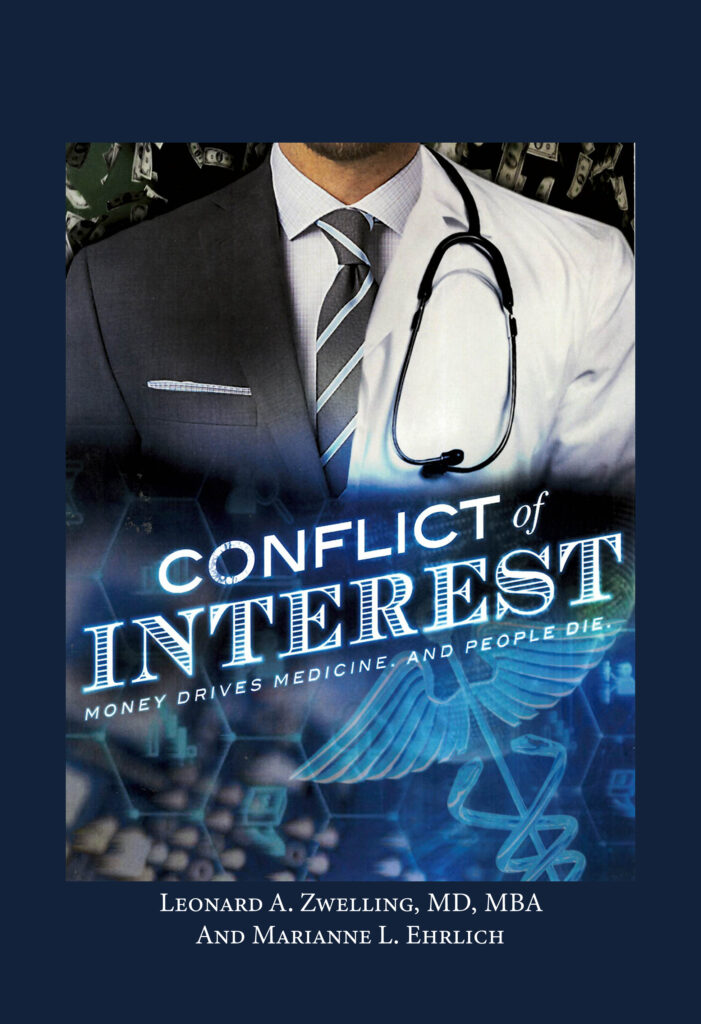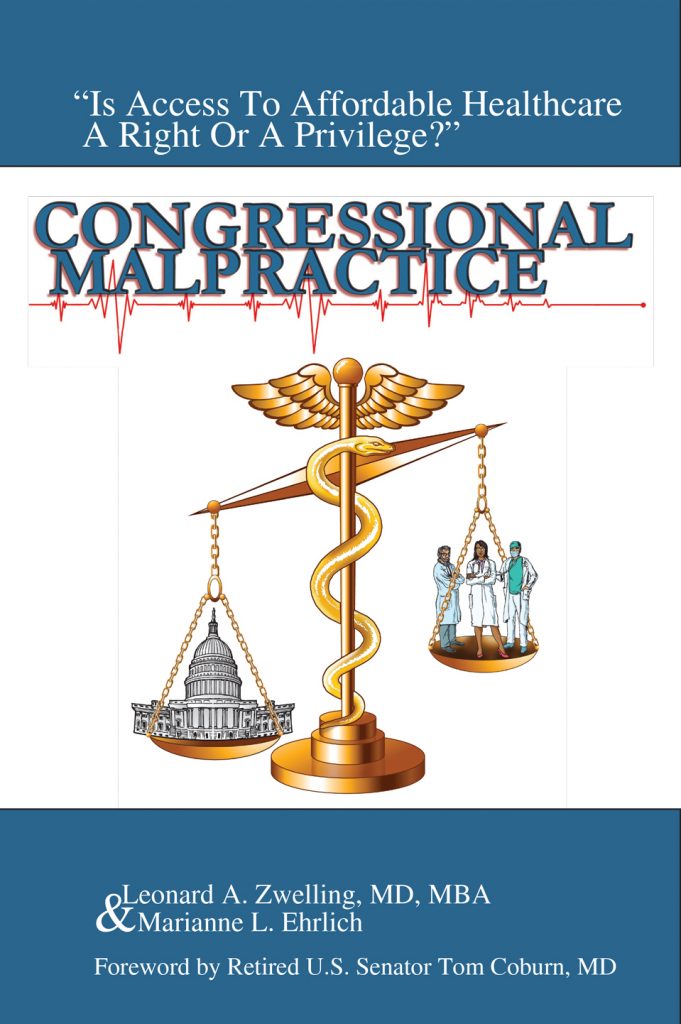The End Of The Faculty Senate. Now What?
By
Leonard Zwelling
I have to admit that I never did pay much attention to the Faculty Senate when I was a rank-and-file faculty member in the Division of Cancer Medicine. My time was spent mainly in my lab.
Then, through a series of very lucky breaks, I became an associate VP and then a VP. My job as the Vice President for Research Administration was basically that of the research cop. I was supposed to assure the federal government that the faculty of MD Anderson was following the Code of Federal Regulations in the performance of its research. In that capacity I had to oversee a series of committees like the Institutional Review Board and the Institutional Animal Care and Use Committee and use the resources of the institution to service the needs of the faculty to stay in compliance with federal code. I had to serve the faculty needs. The mantra of our office was “service, with a sense of urgency.”
To do all that, and in particular to choose faculty to serve on the committees, to write policies to govern faculty behavior, and to deal with violations of the federal code, I looked to the Faculty Senate to provide me with names of faculty for committee service. Any committee that we formed to advise our office had to have a Faculty Senate representative. The Senate played a big role in allowing my office to do its job. It gave legitimacy to all the committees were had to form.
As far as I can tell, this is true today as well. The Senate convenes many meetings to allow the faculty to get clarity about newly proposed policies. The Senate also runs fora for leadership to address the faculty and to answer questions about new proposals.
Given that one of the chief assets of MD Anderson is the faculty and given that the Senate is the elected representatives of that faulty, the Senate plays a huge role in the operation of the MD Anderson patient care machine and the research laboratories. It also gives that critical asset a voice in the governance of the institution.
Thus, how can the institution run efficiently when its most important asset has been functionally silenced?
The answer is that it cannot. Dr. Pisters needs to form some representative body to advise him. It may not be allowed to be called a Senate. Its leader may have to be selected by Dr. Pisters. Exactly how it is organized and operationalized might require sign off from the Board of Regents, but as far as I can tell there is nothing preventing Dr. Pisters from forming a Faculty Advisory Board and having its membership be chosen by the faculty. Furthermore, the function of the faculty navigators in mediating disputes when a faculty member is being threatened with dismissal or other disciplinary action must be preserved. This has been an exceedingly successful program in preserving faculty mental health and productivity. Why lose it?
I understand all of this is up to Dr. Pisters, the leadership in Austin, and the Board of Regents. A proactive approach to re-form something like the Senate cannot wait for months. On September 1, Dr. Pisters should be ready to put a new Senate-like body in place. This would be good for the faculty, good for the institution, and good for Dr. Pisters and his leadership team, many of whom have formed great working relationships with the Senate. Why lose that? That would just be foolish.
For MD Anderson to function optimally, a representative body of the faculty that is advisory to the Executive Leadership Team must be vibrant and active as is the case with the current Faculty Senate. If Dr. Pisters won’t do it, it will be his loss.





4 thoughts on “The End Of The Faculty Senate. Now What?”
https://www.theblaze.com/news/red-state-privilege-md-andersons-quiet-lgbtq-push-in-texas
I am aware of this publication. Whoever is leaking to the press is doing no one a service. Regardless, without clear examples of this so-called DEI research, this article has no meaning. Is this population-based research about cancer incidence in certain populations? Is it cancer-specific to populations with an increased susceptibility to certain cancers? If so, these are legitimate areas of inquiry and do not represent any violation of state or federal policy in my mind. Finally, is this really a reliable news source? Never heard of it.
Pisters is not interested in shared governance, a senate, or even the opinion of the faculty. This is most clear when the first 10 minutes of any institutional meeting consists of the 2nd tier executives bootlicking Pisters. He has surrounded himself with sycophants and seems to receive no conflicting input. It appears to be identical to the current cabinet in the Whitehouse. Also, like the Whitehouse President, Pisters spends most of his time away, phoning it in as needed.
Sadly posted anonymously to avoid being fired for “unprofessionalism”
I feel your pain and that of the rest of the faculty. You all deserve a better leader.